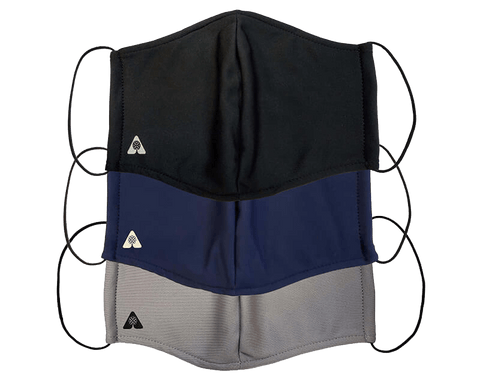Breathe Easier with Your Mask in Summer
Posted by Customer Care on
Summer is here, it’s hot, sweaty and with many states reopening and stay-at-home orders being lifted, you are out and about and most likely wearing a mask. If you thought the hot weather or heat may be a deterrent for the virus, just look at Central America where cases continue to rise. Despite the discomfort, all health experts are still stressing the need to wear masks in public. Many choose to wear cloth masks for the increased breath ability, but what else can you do?
WHY YOU FEEL HOTTER WITH A MASK ON
With a mask on, you are trapping heat inside your mask every time you breathe. The breath you exhale is also significantly higher in temperature and humidity compared to fresh air making it more difficult for you to breathe and expel heat. If you feel dizzy, light headed or short of breath, seek medical attention, you may be encountering heat exhaustion.
WEAR YOUR MASK CORRECTLY
Your mask should cover your nose and mouth while fitting snugly around the side of your face. Opt for a mask with a nose wire for better fitment and ensure that the mask is loose around your mouth on the inside so your breathing is not obstructed.
BREATHE THROUGH YOUR NOSE
Breathing through your nose allows you to take deeper breaths. Be mindful to take slow deep breaths especially if you feel short of breath. Also because the volume of air you breathe out through your nose is more constant, you may feel like there is less heat trapped under your mask.
COOLING TIPS
The smell under your mask most likely isn’t the most pleasant thing to be experiencing for extended periods of time. You may have already tried having a mint or chewing gum under your mask to help give a cooling sensation, but the effects are short-lived. As an alternative, you can choose to apply just a bit of peppermint essential oil or even go all natural by putting a few mint leaves in your masks filter pocket.
MASK MATERIAL MATTERS
The more moisture that your mask retains, the more humid and hot you will feel. Cotton is the most common fabric that we have seen used for masks. We recommend alternative materials such as polyester which retains 3 times less moisture than cotton.
0 comments


